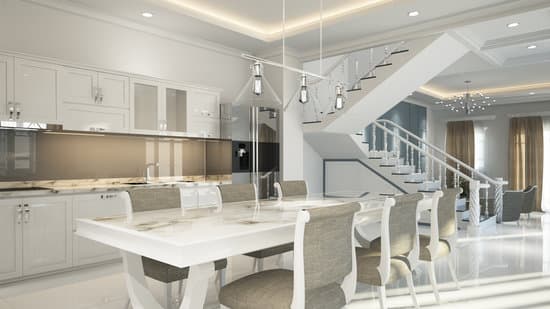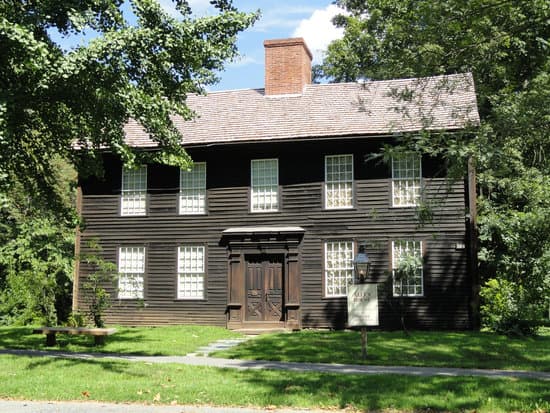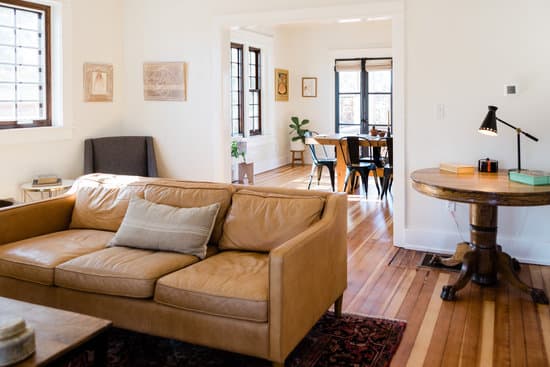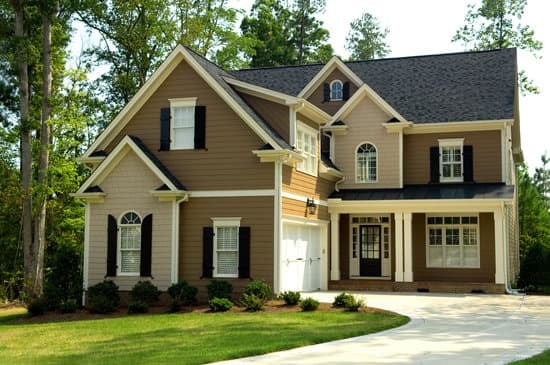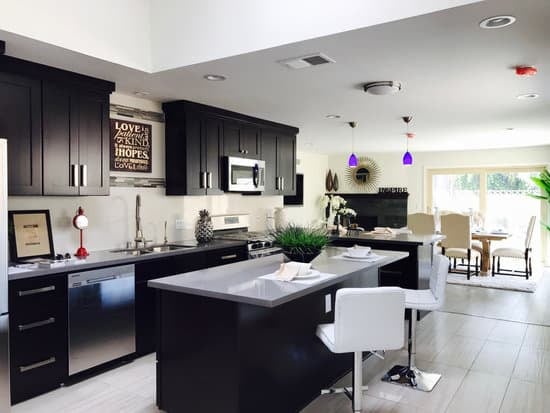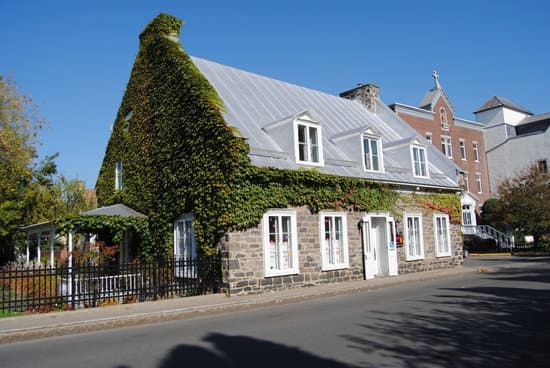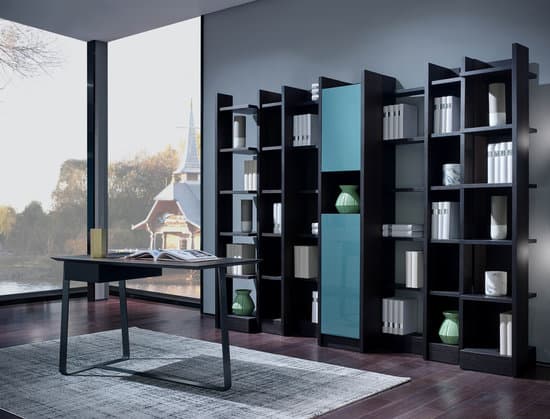- Energy-efficient building materials that can regulate the temperature inside the home.
- Smart windows that can adjust their tint to control the amount of heat and light coming into the house.
- Robotics technology to assist in the maintenance and upkeep of the house.
- Advanced water filtration systems that will conserve water and reduce waste production.
- Vertical gardens or green walls to provide fresh air and improve the quality of life inside the home.
- Renewable energy sources such as solar and wind turbines.
- Multi-functional spaces that are adaptable for various purposes, to accommodate smaller living areas.
- Interactive technologies that can help control utilities, lighting, and appliances – creating a seamless experience.
What Will Houses Look Like in 2050?
A Future of Energy Efficiency
Energy efficiency will be one of the most crucial factors in building homes in the future. With the depletion of non-renewable resources, we have to focus on sustainable living, and that includes designing homes that will minimize their impact on the environment. These homes will be built to consume less energy, be much more efficient, and effectively utilize renewable energy sources. From windows to roofs, every detail will consider maximizing energy use. The concept of a “smart home” will be a standard, where appliances and lighting will be automated and programmed to conserve energy to reduce carbon footprint and lower utility bills.Innovative Energy Capture, Storage, and Distribution
Finding cost-effective and sustainable ways to capture, store, and distribute energy will be a top priority in the future. Homes will adopt innovative energy capture technologies to generate their own power and reduce reliance on the grid. One example is the use of solar panels and wind turbines. Energy storage and management will play a crucial role in balancing energy demands and supply. Advanced batteries and other energy storage technologies will be available that can store energy collected from solar panels and wind turbines during off-peak hours. This energy can be used at peak demand or during a blackout. The home energy flow will be monitored and controlled by intelligent energy distribution systems.- Battery energy storage
- Solar PV panels
- Wind turbines




